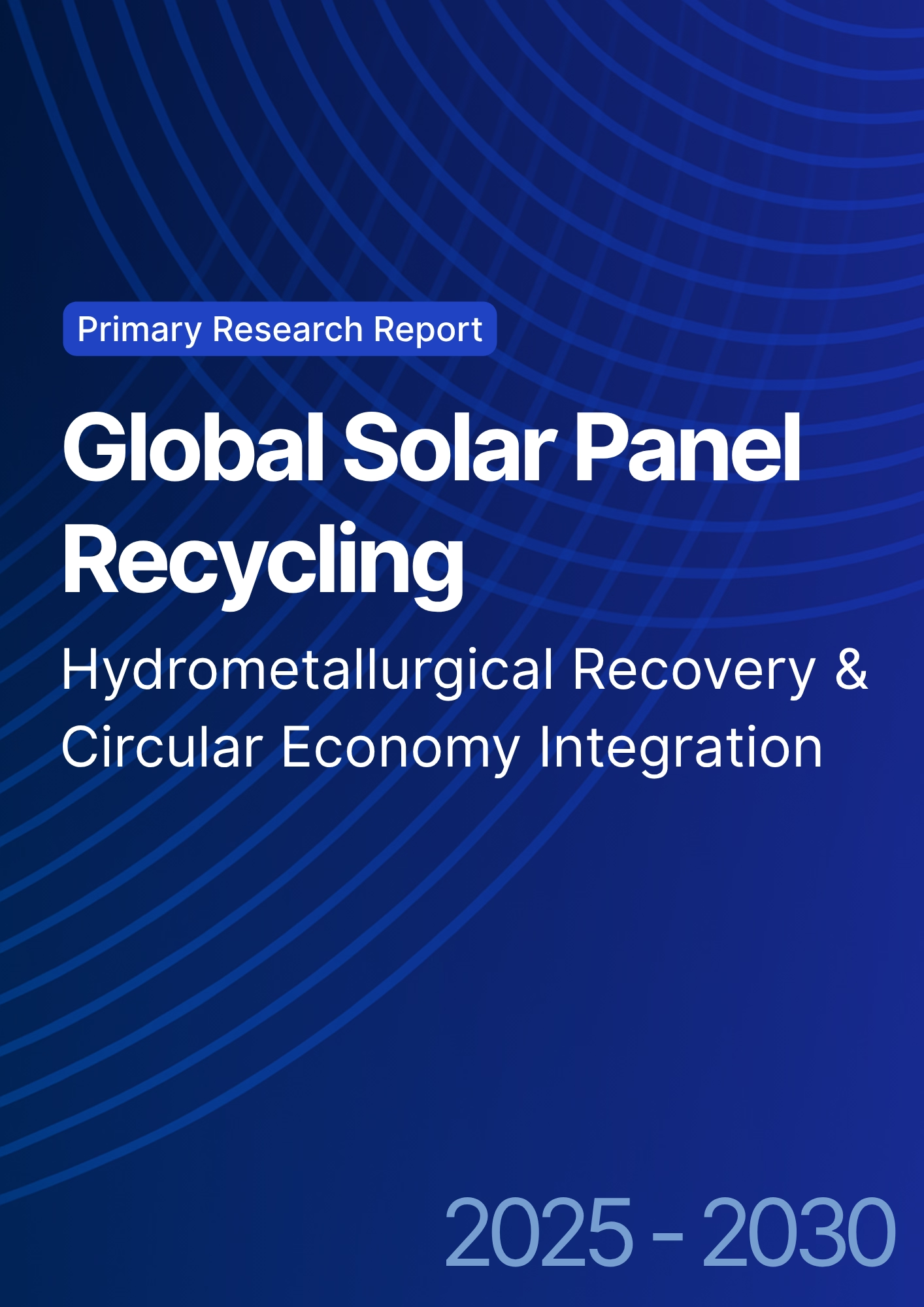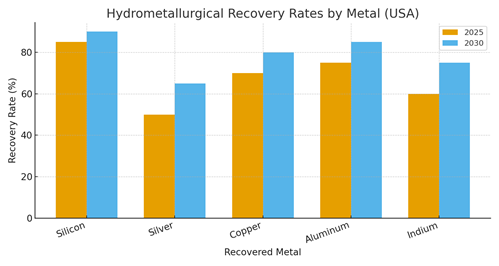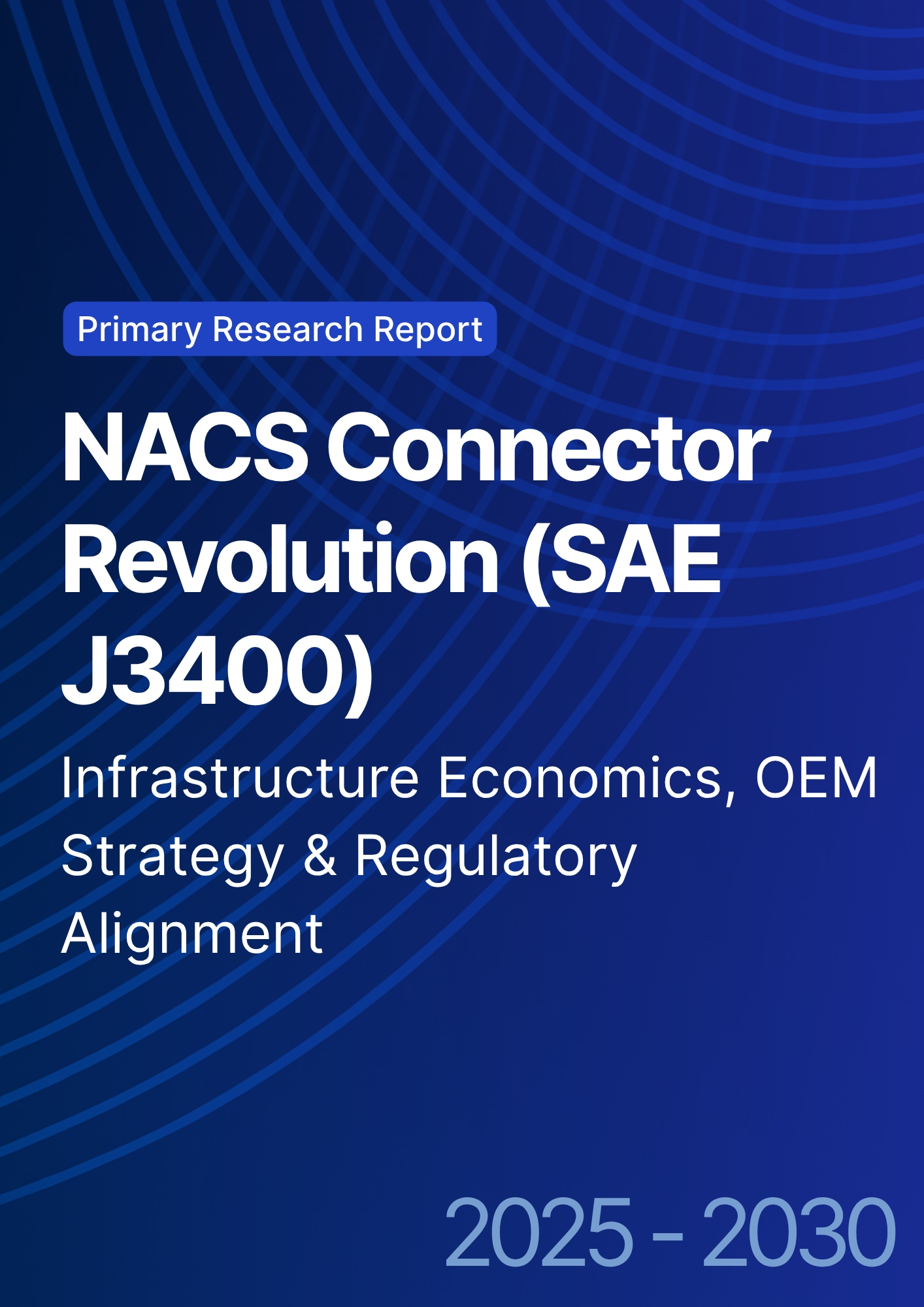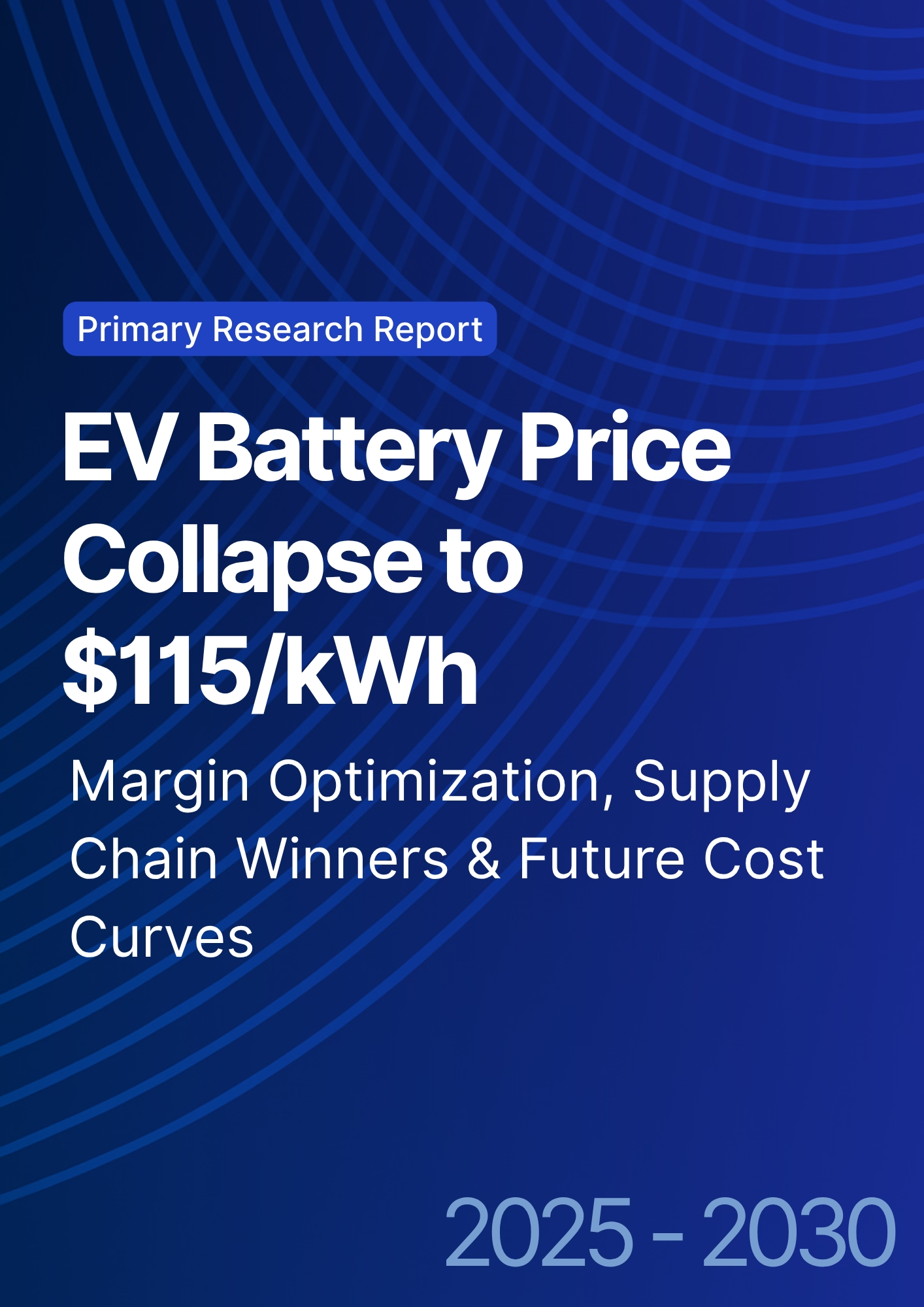

68 Circular Road, #02-01 049422, Singapore
Revenue Tower, Scbd, Jakarta 12190, Indonesia
4th Floor, Pinnacle Business Park, Andheri East, Mumbai, 400093
Cinnabar Hills, Embassy Golf Links Business Park, Bengaluru, Karnataka 560071
Connect With Us
Global Solar Panel Recycling: Hydrometallurgical Recovery & Circular Economy Integration
As solar energy expands across North America, the need for efficient solar panel recycling will become paramount. Between 2025 and 2030, the USA will see rapid growth in solar panel recycling infrastructure to address the impending influx of decommissioned panels. The integration of hydrometallurgical recovery methods, along with advancements in circular economy principles, will enable the recovery of valuable metals, reduce waste, and support the development of a sustainable solar industry. Hydrometallurgical recovery, which includes processes like leaching and solvent extraction, will allow for high recovery rates of metals such as silicon, silver, copper, aluminum, and indium. By 2030, the recovery rate for key metals like silicon is projected to reach 90%, while silver and copper recovery rates will increase to 65% and 80%, respectively. These improvements will drive down the cost of solar panel recycling and enable greater resource efficiency in the solar supply chain.

What's Covered?
Report Summary
Key Takeaways
1) Solar panel recycling in North America will see significant growth by 2030, reaching 35 GW in capacity.
2) Hydrometallurgical recovery technologies will improve, particularly in silicon, silver, and copper recovery rates.
3) The cost of solar panel recycling will decrease as recycling infrastructure expands and technologies improve.
4) By 2030, recycled materials will contribute significantly to new solar panel production, advancing the circular economy.
5) Regions like California and Texas will lead the USA in solar panel recycling infrastructure development.
6) Circular economy principles will become central to the future of solar panel manufacturing and recycling.
7) The recycling industry will play a key role in mitigating the environmental impact of solar panel waste.
8) Government incentives and regulatory frameworks will accelerate the adoption of recycling technologies and infrastructure.
Key Metrics

Market Size & Share
The solar panel recycling market in North America will grow rapidly between 2025 and 2030. The USA’s solar panel recycling capacity is expected to increase from 5 GW in 2025 to 35 GW by 2030, driven by the decommissioning of solar panels installed in previous decades. California, Texas, and Nevada are expected to be the key regions leading this growth, due to their established solar infrastructure and growing demand for renewable energy. By 2030, solar panel recycling will be a critical component of North America’s energy landscape, reducing reliance on raw materials and fostering a circular economy. The market will be further boosted by advancements in hydrometallurgical recovery processes and the integration of recycled materials into new solar panels, lowering manufacturing costs and contributing to a sustainable energy ecosystem.

Market Analysis
The hydrometallurgical recovery process is expected to become more efficient by 2030, with silicon recovery rates reaching 90%, and silver and copper recovery rates increasing to 65% and 80%, respectively. These improvements will drive down the costs of solar panel recycling, making it a more attractive investment for stakeholders. By 2030, solar panel recycling costs are expected to fall to $50–60 per tonne of panel material, compared to $100–150 per tonne in 2025. This will be driven by scaling, innovation in recycling technologies, and reductions in labor and material costs. As the market for solar panel recycling grows, the share of recycled materials in new solar panel manufacturing will increase. By 2030, the use of recycled materials in solar panels is expected to contribute around 25% to new production, which will help reduce the carbon footprint of solar energy and make the industry more sustainable.

Trends & Insights (2025–2030)
• Advancements in hydrometallurgical recovery processes will drive increased recovery rates for key metals such as silicon, silver, and copper.
• By 2030, recycled materials will become a significant contributor to new solar panel production, reducing reliance on raw materials and lowering environmental impact.
• Cost reductions in solar panel recycling will make it a more economically viable option for companies and increase the scale of recycling operations.
• California, Texas, and Nevada will continue to lead solar panel recycling efforts due to their favorable solar infrastructure and policies.
• The circular economy model will become central to the solar industry, promoting the reuse and recycling of materials for sustainable energy production.
• Government incentives and regulatory frameworks will be crucial in accelerating the development of solar panel recycling infrastructure.
• The rise of decentralized recycling facilities will improve accessibility to recycling services in regions with high solar penetration.
Segment Analysis
• Solar Panel Manufacturers: Increasing the use of recycled materials in new panels will help reduce costs and improve sustainability.
• Recycling Companies: Specialized companies will play a central role in providing solar panel recycling services, with hydrometallurgical recovery becoming a key focus.
• Energy Utilities: Solar panel recycling will support energy utilities by providing a consistent supply of recycled materials for panel manufacturing and improving the environmental profile of solar power.
• Government & Regulators: Governments will continue to push for regulations that incentivize solar panel recycling and the integration of recycled materials into new production.
• Consumers: Demand for eco-friendly products will increase, driving the use of recycled materials in new solar panel production.
Geography Analysis (USA & North America)
North America, particularly the USA, will be the largest player in solar panel recycling. The regions of California, Texas, and Nevada will drive the expansion of recycling capacity due to their established solar infrastructure, growing recycling policies, and availability of solar panel waste. By 2030, solar panel recycling in the USA will be a critical component of the renewable energy supply chain. Canada will also be a key player in the recycling sector, with Ontario leading efforts to establish a robust recycling infrastructure. Mexico's efforts will be geared towards addressing the growing solar market and the integration of recycling services into existing frameworks.

Competitive Landscape (Ecosystem & Delivery Models)
The solar panel recycling market in North America is composed of specialized recycling companies, battery manufacturers, and energy utilities. Key players in the recycling industry include companies like Recycle Solar, First Solar, and SunPower, which are innovating in hydrometallurgical recovery and circular economy integration. Competition in the solar panel recycling space will be driven by technological advancements, particularly in the recovery of silicon, silver, and copper. Companies that can scale their recycling technologies efficiently and integrate them with the circular economy will have a competitive advantage. Partnerships between solar manufacturers, utilities, and recyclers will play a key role in developing large-scale recycling networks, with an emphasis on reducing costs and increasing the use of recycled materials in new solar panels.
Report Details
Proceed To Buy
Want a More Customized Experience?
- Request a Customized Transcript: Submit your own questions or specify changes. We’ll conduct a new call with the industry expert, covering both the original and your additional questions. You’ll receive an updated report for a small fee over the standard price.
- Request a Direct Call with the Expert: If you prefer a live conversation, we can facilitate a call between you and the expert. After the call, you’ll get the full recording, a verbatim transcript, and continued platform access to query the content and more.


68 Circular Road, #02-01 049422, Singapore
Revenue Tower, Scbd, Jakarta 12190, Indonesia
4th Floor, Pinnacle Business Park, Andheri East, Mumbai, 400093
Cinnabar Hills, Embassy Golf Links Business Park, Bengaluru, Karnataka 560071
Request Custom Transcript
Related Transcripts
$ 1345
$ 1432
$ 1450


68 Circular Road, #02-01 049422, Singapore
Revenue Tower, Scbd, Jakarta 12190, Indonesia
4th Floor, Pinnacle Business Park, Andheri East, Mumbai, 400093
Cinnabar Hills, Embassy Golf Links Business Park, Bengaluru, Karnataka 560071







.png)





